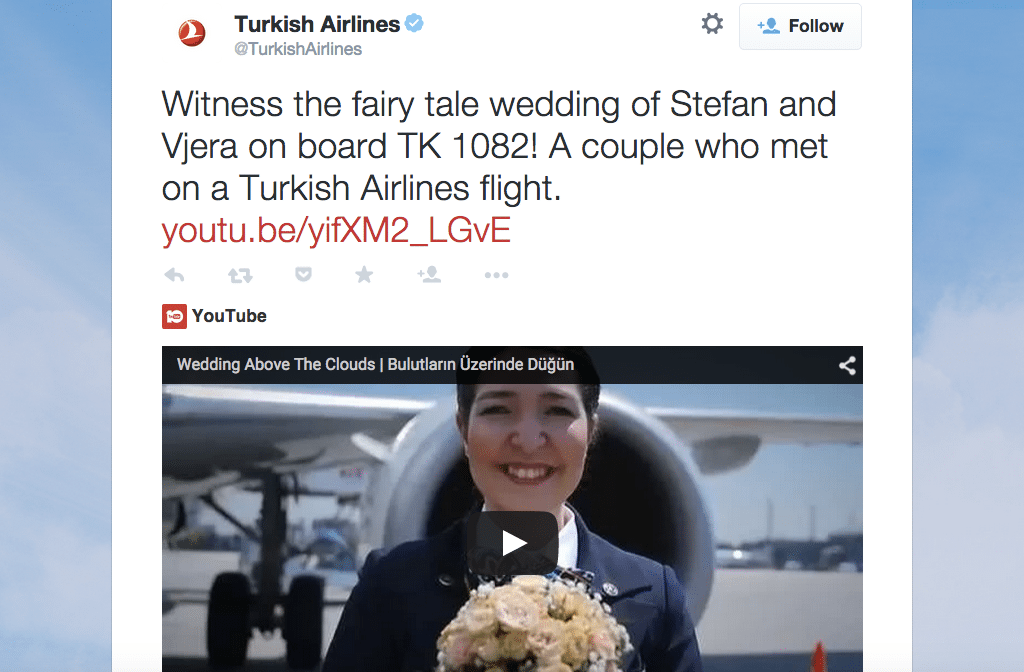Twitter Video Falls Short on Performance Metrics for Travel Brands

Skift Take
Being transparent about performance metrics on both organic and paid videos should be a given.
On Twitter's last earnings call, CEO Dick Costolo and CFO Anthony Noto put its video capabilities on a pedestal, but the metrics brands can get on organic videos are not on par with Facebook and YouTube.
Travel brands have the capability to a upload videos directly on Twitter from their desktops and from their mobile devices. When looking at the engagement metrics of a particular tweet, it is easy to gather retweets, favorites, replies, and clicks, etc. However, performance metrics on organic videos on Twitter are too basic.
Twitter doesn't show view count in-tweet and that's a missed opportunity to attract more viewers. These numbers pique users' curiosity to click and watch the video or engage with the tweet. Twitt
